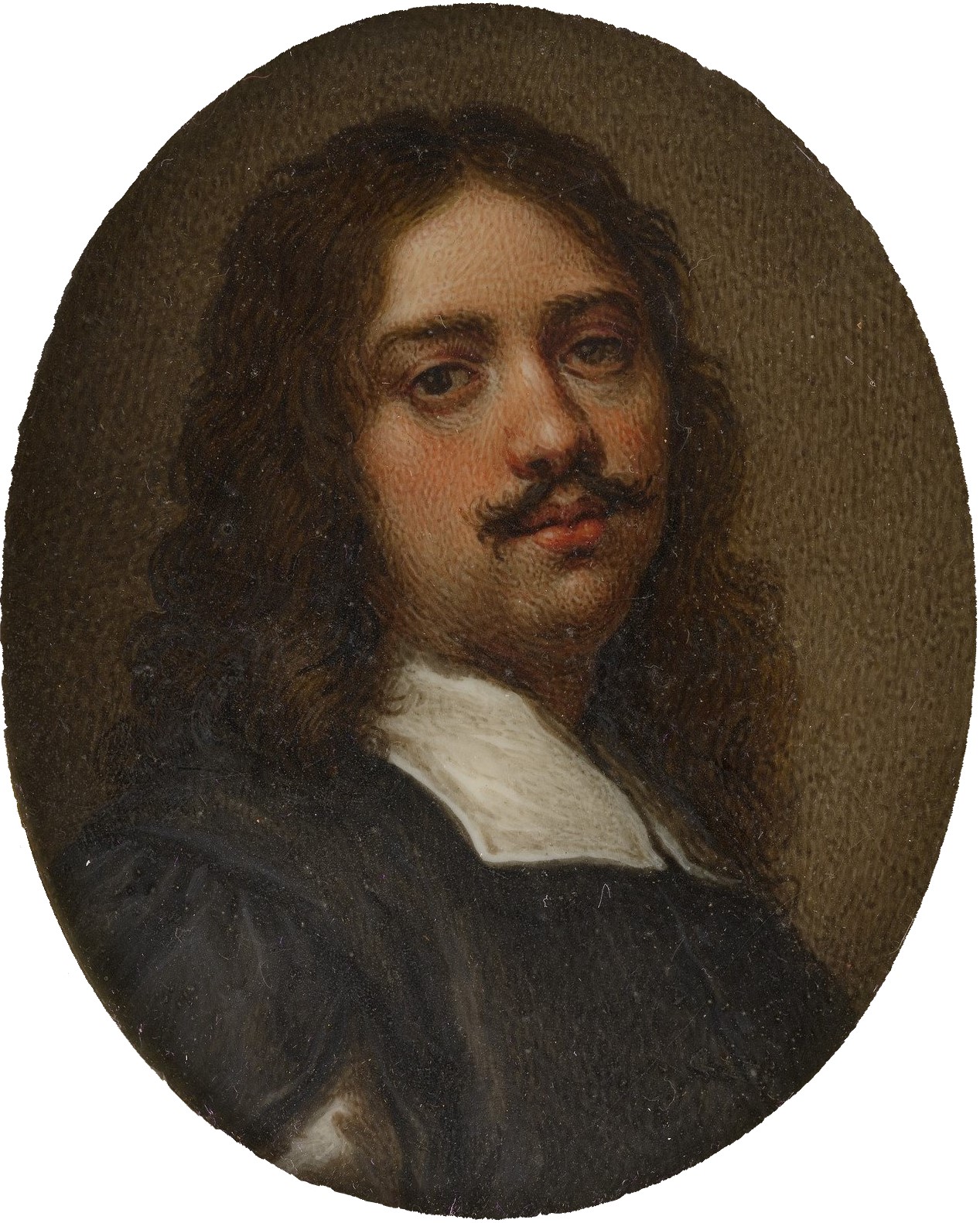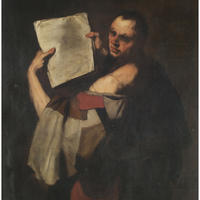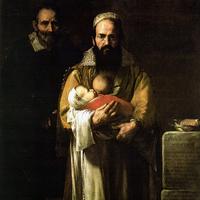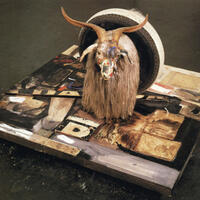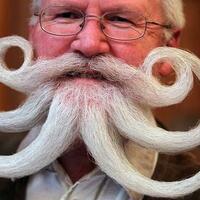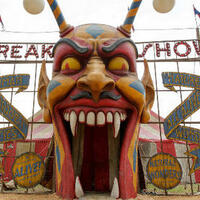More about Jusepe de Ribera
Works by Jusepe de Ribera
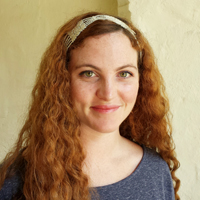
Sr. Contributor
The biographical details of Jusepe De Ribera's life are as uncertain as his name.
Jusepe De Ribera, aka “Jose de Ribera”, aka “Giusseppe Ribera”, aka “Lo Spagnoletto” (The Little Spaniard) was either the son of a shoemaker or the son of a Spanish soldier depending on which story you read. Personally I like the shoemaker tale because it allows an event later in his life to be much more colorful (we’ll get to that soon).
We know definitively that Ribera was born in Spain in 1591 and began studying painting at an early age. From there we must speculate. Supposedly Ribera studied under famed local Valencian artist Francisco Ribalta. It is here that his father’s vocation becomes significant. According to one biography Ribera wanted to move to Italy to further his studies and also to be closer to his father who was stationed there. Boring. The juicier version suggests that his shoemaking father had nothing to do with his motive for moving and instead Ribera was run out of town for having a steamy affair with Ribalta’s daughter. Sexy.
Once in Italy Ribera’s life becomes no more verifiable. One legend claims that early in his career a rich cardinal offered to be his patron but in true starving artist fashion Ribera said he couldn’t produce art in the lap of luxury and refused the proposal. Apparently this was a short lived feeling because not long after moving to Rome he left for Naples where he would become extremely successful and decadent. The move was sparked by a supposed desire to meet his painting idol Caravaggio. Unfortunately, Caravaggio had been dead for six years leading me to believe the other theory in which Ribera moved in a desperate attempt to avoid debt collectors. I bet he regretted not accepting that cardinal’s offer when the repo men came knocking.
While we know that Ribera’s success in Naples and as a Baroque legend is definitely attributed to his talent for painting grotesque nudes in sad situations (Goya cites him as a major influence) his shady business practices may have also played a part. He was head of an art gang called “The Cabal of Naples” in which he led two other artists in mafia style shenanigans in order to gain a monopoly on commissions in the province. One of these artists, Belisario Corenzio killed a poor assistant in a failed attempt to murder artist Guido Reni who had dared accept the fresco commission Corenzio wanted. Another mark for the gang was painter Domenichino who after being invited to Naples on commission almost immediately received death threats. He became so scared that he left Naples before fulfilling his contract. As a result his wife and daughter were arrested, forcing him to return to complete the job. After accepting a second commission in the region he grew increasingly paranoid. He would go to work to find things erased or defaced and eventually began refusing meals because he thought the Cabal would poison him. Maybe he was right; he died a year into his contract of a mysterious and sudden illness.
Featured Content
Here is what Wikipedia says about Jusepe de Ribera
Jusepe de Ribera (
Valencian: [josep ðe riˈβeɾa]; 1591 – 1652) was a Spanish painter and printmaker. Ribera, Francisco de Zurbarán, Bartolomé Esteban Murillo, and the singular Diego Velázquez, are regarded as the major artists of Spanish Baroque painting. Referring to a series of Ribera exhibitions held in the late 20th century, Philippe de Montebello wrote "If Ribera's status as the undisputed protagonist of Neapolitan painting had ever been in doubt, it was no longer. Indeed, to many it seemed that Ribera emerged from these exhibitions as not simply the greatest Neapolitan artist of his age but one of the outstanding European masters of the seventeenth century." Jusepe de Ribera has also been referred to as José de Ribera, Josep de Ribera, and Lo Spagnoletto ("the Little Spaniard") by his contemporaries, early historians, and biographers.
Ribera created history paintings, including traditional Biblical subjects and episodes from Greek mythology, but he is perhaps best known for his numerous views of martyrdom, which at times are brutal scenes depicting bound saints and satyrs as they are flayed or crucified in agony. Less familiar are his occasional, but accomplished portraits, still lifes, and landscapes. Nearly half of his surviving work consist of half length portraits of workers and beggars, often older individuals in ragged clothes, posing as various philosophers, saints, apostles, and allegorical figures. Ribera's paintings, particularly his early work, are characterized by stark realism using a chiaroscuro or tenebrous style. His later work embraced a greater use of color, softer light, and more complex compositions, although he never entirely abandoned his Caravaggisti leanings.
Very little is known about the first 20 years of his life and there are many gaps concerning his later life and career. He was baptized on February 17, 1591, in Játiva, Spain, his father identified as a shoemaker. He is not recorded again until 1611, when records show he was paid for a painting (now lost) for a church in Parma, Italy. Documents show he was a member of the Accademia di San Luca in Rome by October 1613 and living in a house in the Via Margutta in 1615–16, at that time known as "the foreigner's quarter", apparently living a bohemian life with his brothers and other artists. Anecdotal accounts written at the time indicate he quickly earned a reputation as an outstanding painter after arriving in Rome and was earning great profits, but also noted his laziness and extravagant spending.
Ribera moved to Naples in late 1616, under Spanish rule at that time, and in November married Caterina Azzolino, the daughter of Sicilian painter Giovanni Bernardino Azzolini. There he remained for the rest of his life, setting up a workshop with many pupils, securing commissions, and establishing an international reputation. In 1626 he received the Cross of the Order of Christ from Pope Urban VIII. His health began to deteriorate in 1643 and his productivity declined from that time on, and by 1649 he was experiencing financial hardships as well. However, when his health permitted, he continued to produce several acclaimed paintings into the last year of his life.
Check out the full Wikipedia article about Jusepe de Ribera

